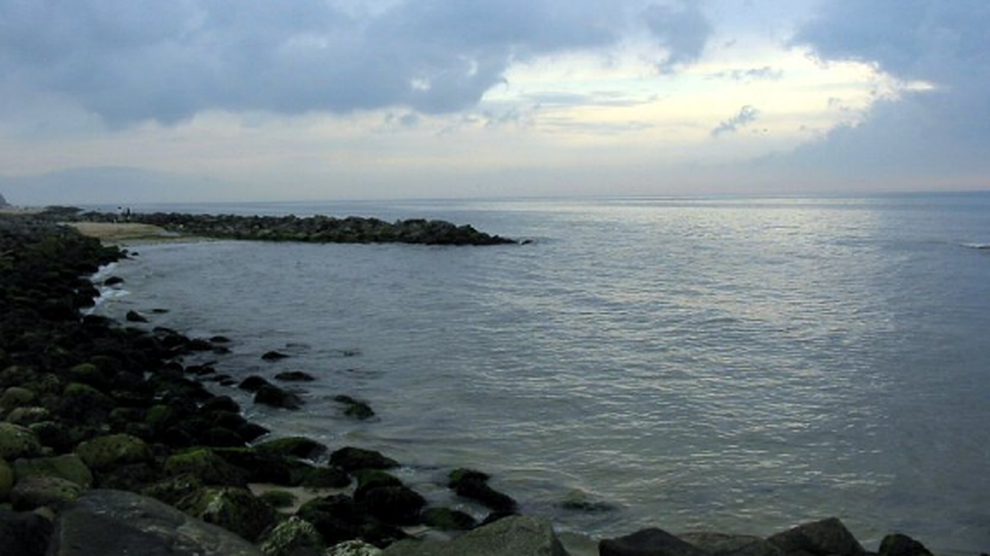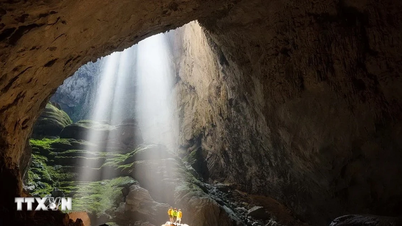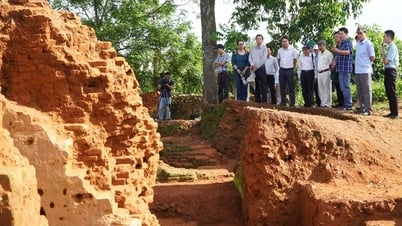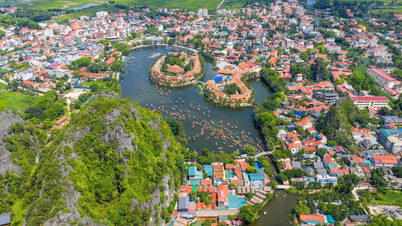A groundbreaking study has revealed the mystery of giant sand mounds deep beneath the North Sea, off the coast of Norway.
Seismic data and rock samples show that these square kilometer-wide structures sank millions of years ago, pushing ancient, less dense “mud” to the surface.
This discovery not only challenges current geological understanding but also opens up new prospects for future carbon storage options.

Decoding the mysterious origin
Scientists have long known about the existence of these burial mounds, but have struggled to agree on their origin. Many theories have been put forward, ranging from landslide deposits, to sandstone being pushed up, to mud being forced through brittle rock.
Now, using advanced three-dimensional seismic datasets and rock samples collected from the northern North Sea region, researchers have conducted detailed examinations of the mounds and surrounding area.
The results showed that these structures were surrounded by an older, low-density layer of mud, mainly formed from fossils of ancient microorganisms.
Remarkably, the chemical composition of the mounds is similar to nearby sands that appear later in the geological record.
In some locations, the mounds are connected to these sands through cracks in the rock, suggesting that they were formed from younger sands that sank beneath older, lighter mud.
"Quicksand" upsets the laws of geology
This “quicksand” phenomenon has disrupted expected patterns in the geological record. Normally, older rock layers are buried deeper than younger sediments, creating a clear chronology of landscape formation.
"This discovery reveals a geological process that we have never seen before on this scale," said Mads Huuse, a geophysicist at the University of Manchester (UK) and co-author of the study.
What we found were structures where dense sand sinks into lighter sediments that rise above the sand surface, upsetting the normal layers and creating giant mounds under the sea."
Researchers think earthquakes or changes in pressure may have caused the sand to act like a liquid, allowing it to flow through cracks in the seafloor and slide down into the hardened mud. These large, sunken mounds are called “sinkites,” while the raised mud rafts are called “floatites.”
This research demonstrates that fluids and sediments can move through the Earth's crust in unexpected ways, Huuse said.
Potential for carbon storage
The team initially investigated these mounds as potential sites for carbon dioxide storage. Understanding the geological structure is crucial to ensuring the safety and effectiveness of any carbon storage efforts in the area.
Understanding how these sinkites form could dramatically change the way we evaluate underground reservoirs, their sealing, and fluid migration.
These are key elements for carbon capture and storage technology, opening up hope for more effective solutions in the fight against climate change.
Source: https://dantri.com.vn/khoa-hoc/ven-man-bi-an-cau-truc-thach-thuc-hieu-biet-ve-dia-chat-duoi-day-bien-bac-20250713160651428.htm






































































































Comment (0)